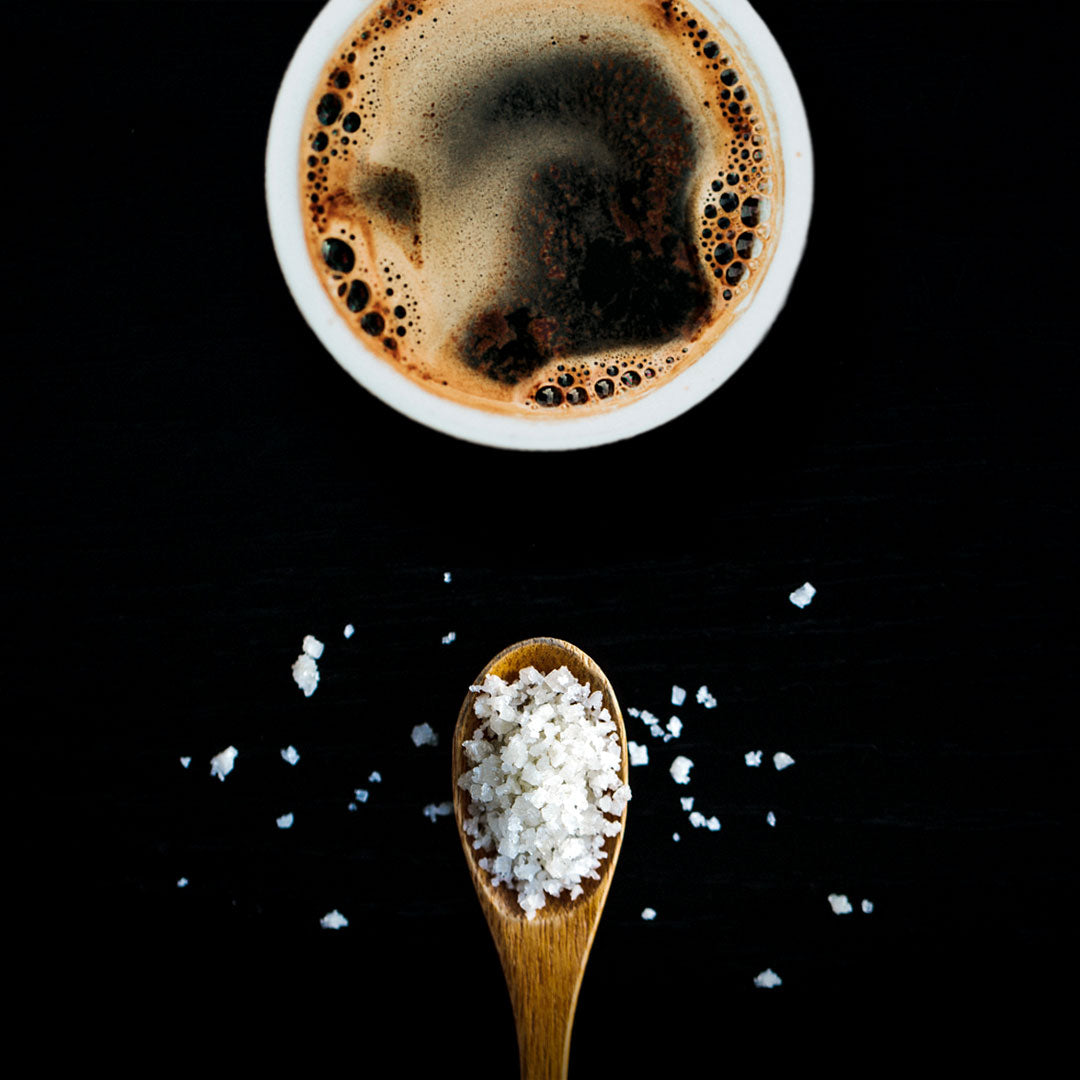Clean Cups, Clean Cups! The Many Shapes of Espresso Cups and Their Uses

Pick up the Right Cup
Espresso is often considered to be a way of life rather than simply being a pastime to enjoy. This makes it important to tailor every part of your espresso journey so that it is just right, and adds to that ultra-satisfying feeling of drinking the perfect cup of espresso. Speaking of cups, the humble espresso cup is actually one of the most overlooked, and yet important aspects of the espresso experience. Let’s take a look at the history of espresso cups, why they’re so important, and which one will create the most magical espresso experience for you.
Curious Coffee Cup History – 5 Essential Points
- Tazza is the Italian word for cup. It originated from the Arabic word Tassah, a term that spread throughout the time of the Crusades.
- When coffee first arrived in Europe in the 17th century, it was initially served in cups without handles.
- The Italian espresso cup is called a tazzina, which is not just the diminutive of tazza. A painter at the Accademia di Brera and the artistic director of the Richard-Ginori Tuscan Ceramics Society, Luigi Tazzini, is credited with the design of the modern espresso cup with the definitive addition of the handle.
- Meanwhile, in France, the demitasse (French for half-cup) was created to hold 60-90ml (2-3 fluid ounces) of coffee. They are literally half the size of a regular coffee cup, hence the name demitasse.
- Before handles were introduced to espresso and coffee cups, people would often pour coffee directly into saucers to cool it, and drink directly from them. This was later considered a sign of extreme bad manners!
How do Espresso Cups Help Express Your Espresso?
There are three major traits that make a great espresso cup. Let’s explore each trait in detail and discuss why they add to your overall espresso experience.
1. Safety First!
It goes without saying, but safety always comes first. Espresso is meant to be enjoyed hot, but you don’t want to burn your fingers on a cup that absorbs heat extremely quickly. Make sure the espresso cup you choose is made of a heat-resistant material like stainless steel or utilizes a double-walled design to keep your fingers safe!
2. Cup Capacity
Unless you’re a real coffee fiend, you’ll be enjoying shots of espresso and not cups of espresso. The best espresso shots are enjoyed in smaller cups that hold between 2 and 3 fluid ounces (60-90ml) of liquid so that if you sip on your espresso slowly it won’t get cold quickly by being in a cup that’s too big.
3. Materials
Espresso cups can be made from a variety of different materials. These range from glass all the way to stainless steel. Each material has its own pros and cons, but based on the type of espresso drinker you are, it will soon be obvious which material will suit you best.
Picking Espresso Cups
Picking from the vast list of espresso cups available can be tricky, even when considering the three major traits mentioned above. We will outline a few of the most popular types of cups and explain what makes them special and what type of espresso drinker might appreciate them the most.
1. Stainless Steel Espresso Cups
These cups are the most durable and are great for those who like to travel. Made to be sturdy and rigid, dropping these cups is not an issue since they can take a beating. So, if you identify as a bit of a butterfingers, maybe a stainless steel espresso cup will be ideal for you.
However, make sure to remember that stainless steel is a strong conductor of heat, so it might be best to choose a stainless steel cup that incorporates a double-walled design. This will ensure that you don’t pick up a piping hot cup of espresso and end up dropping it by accident. We would recommend using stainless steel for frothing jugs and recommend glass or ceramic cups for the best flavor and heat protection.
Pros: Most durable, good heat retention
Cons: Hot to touch if not double-walled, cheap ones can add metallic flavor, not microwavable
2. Glass Espresso Cups
Glass espresso cups are all about being flashy and making sure you can see your beverage as you drink it. If you’re the type of home barista that painstakingly crafts the perfect cup of espresso and wants to admire your handiwork, there’s no better option than glass espresso cups!
However, much like stainless steel, these cups are conductors of heat and will require a double-walled design to keep your fingers safe. In addition, they are the most fragile type of cup, so avoid dropping them at all costs!
Pros: Good heat retention if double-walled, no impact on flavor, coffee is visible, safe to microwave
Cons: Fragile, hot to touch if not double-walled, not associated with traditional espresso cups
3. Ceramic Espresso Cups
Ceramic espresso cups are classic and can be found in coffee shops and homes around the world. These types of espresso cups are popular because they do not leach any unwanted flavors into the coffee, they are insulators, meaning they do not need a double-walled design, and they can be printed with a plethora of fun designs. They’re also inexpensive, which is great for those on a budget.
There isn’t much to watch out for when it comes to ceramic espresso cups. The main thing is to be careful not to drop them since they are brittle and can crack or shatter relatively easily. Since ceramic cups are not double-walled in design, they can sometimes be hot to the touch, though this usually isn’t an issue with a handle present.
Pros: Insulated from heat, no effect on flavor, microwave safe, plenty of design options, inexpensive
Cons: Can be fragile, may be hot to touch
The Best Way to Espresso Yourself!
Now that you know all about the different types of espresso cups out on the market and understand the curious history of how espresso cups came to be, you can pick a cup that perfectly suits your taste. Remember to keep in mind the three traits that make a great espresso cup and consider the various attributes that each cup has, and how it will impact you and your lifestyle. At the end of the day, espresso is a way of life, so pick the right cup to express your love of espresso!






